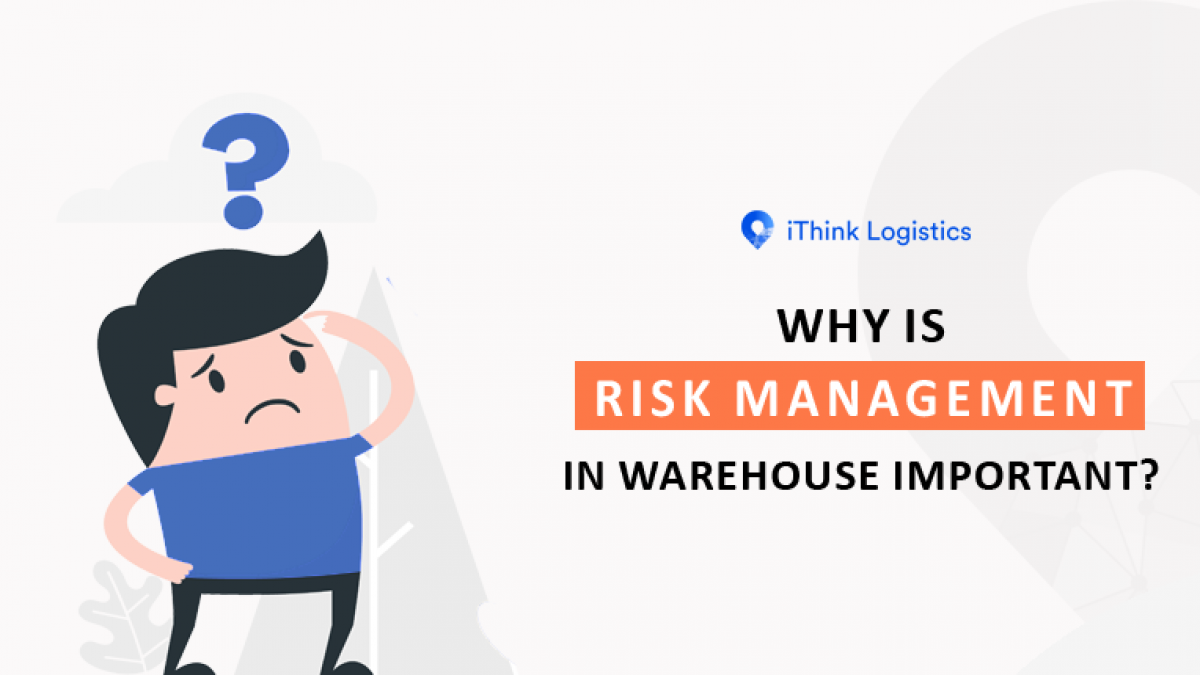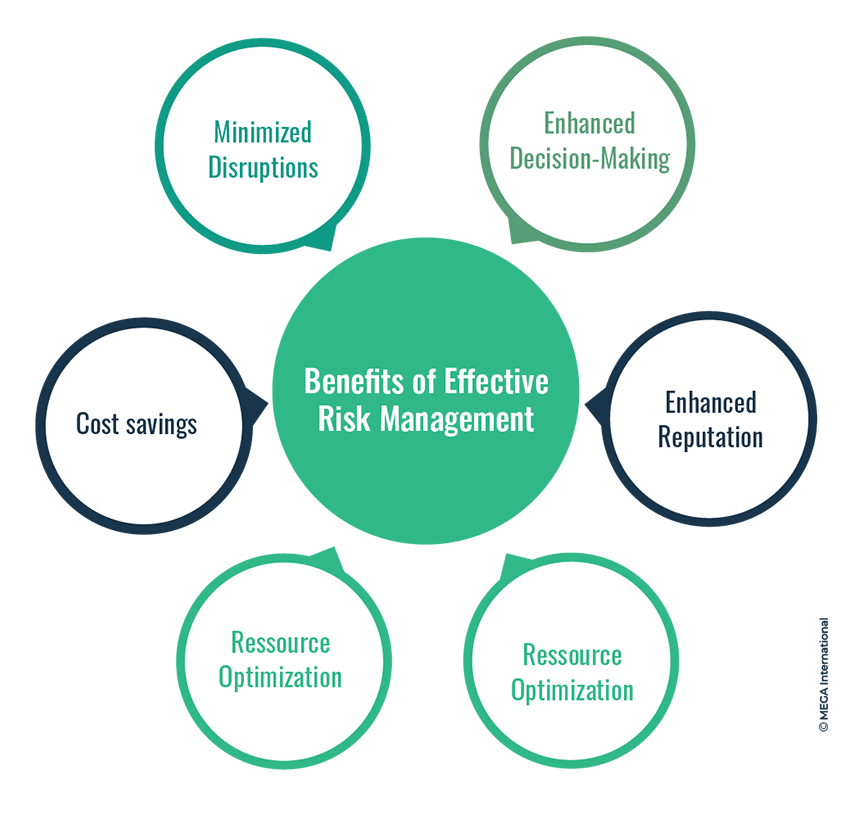The Increasing Importance of Risk Management in Healthcare and Safety
The Increasing Importance of Risk Management in Healthcare and Safety
Blog Article
The Value of Recognizing the Significance of Risk Management in Numerous Industries

The Core Idea of Risk Management and Its Objective
Risk Management, the cornerstone of many sectors, pivots on the identification, examination, and reduction of unpredictabilities in a company atmosphere. It is an integral method that permits organizations to safeguard their properties, track record, and general survival. By properly determining potential dangers, organizations can develop techniques to either avoid these threats from occurring or reduce their effect. The analysis process includes evaluating the probability and potential extent of these risks. The reduction process entails developing methods to decrease their prospective effect as soon as threats have been recognized and examined. This process is cyclical and recurring, guaranteeing that organizations are prepared for the ever-changing nature of Risk in different sectors. The primary purpose, thus, is to foster strength among uncertainties.
Benefits of Carrying Out Risk Management in Organization Workflow

Unveiling the Function of Risk Management in Different Industries
While every sector challenges its special collection of threats, the implementation of Risk Management techniques remains an usual in their search of sustainability and development. In the health care market, Risk Management involves making certain patient safety and information security, while in financing, it entails mitigating investment dangers and ensuring regulative conformity (importance of risk management). Building business concentrate on i loved this employee safety, task delays, and budget overruns. In the modern technology market, companies alleviate cybersecurity risks and technology obsolescence. Inevitably, the duty of Risk Management across industries is to identify, assess, and alleviate risks. It is a necessary component of critical preparation, making it possible for companies to protect their properties, maximize possibilities, and achieve their objectives.
Real-life Instance Researches Showing Successful Risk Management
To comprehend the importance of Risk Management in these numerous industries, one can look to numerous real-life circumstances that show the successful application of these procedures. For example, in the energy market, British Oil established Risk reduction plans post the 2010 Gulf of Mexico oil spill. They carried out better safety and security treatments and more stringent laws which substantially reduced more crashes. Likewise, in finance, Goldman Sachs effectively navigated the 2008 monetary crisis by recognizing potential mortgage-backed safeties dangers early. Finally, Toyota, publish straight from the source the 2011 earthquake in Japan, modified its supply chain Management to minimize interruption dangers. These instances demonstrate how industries, picking up from dilemmas, successfully applied Risk Management methods to lower future threats.
Future Trends and Developments in Risk Management Techniques
Cybersecurity, when an outer problem, has actually catapulted to the forefront of Risk Management, with approaches focusing on feedback, prevention, and discovery. The integration of ESG (Environmental, Social, Administration) factors into Risk Management is another growing pattern, showing the increasing acknowledgment of the role that environmental and social risks play in service sustainability. Thus, the future of Risk Management lies in the fusion of sophisticated technology, cutting-edge methods, and an alternative approach.
Verdict
Finally, understanding the relevance of Risk Management across a spectrum of markets is critical for their durability and prosperity. Customized methods can aid alleviate possible dangers, safeguard assets, and foster stakeholder count on. In addition, proactive decision-making help in regulatory compliance and optimizes resource usage. Eventually, successful Risk Management adds to more lasting and resistant services, highlighting the significance of this method in today's dynamic and highly affordable business setting.
While every Get More Information market challenges its one-of-a-kind collection of risks, the implementation of Risk Management methods stays an usual denominator in their pursuit of sustainability and growth. In the healthcare sector, Risk Management entails making certain patient safety and security and data protection, while in finance, it involves mitigating financial investment threats and making sure regulative conformity. Inevitably, the role of Risk Management throughout industries is to determine, assess, and minimize risks. These situations demonstrate exactly how industries, learning from crises, efficiently used Risk Management techniques to lower future dangers.

Report this page